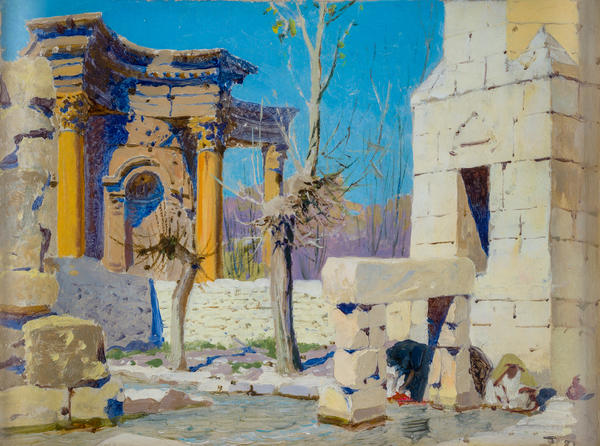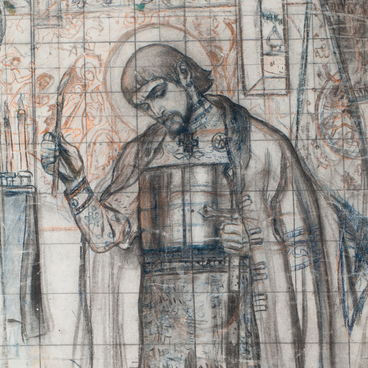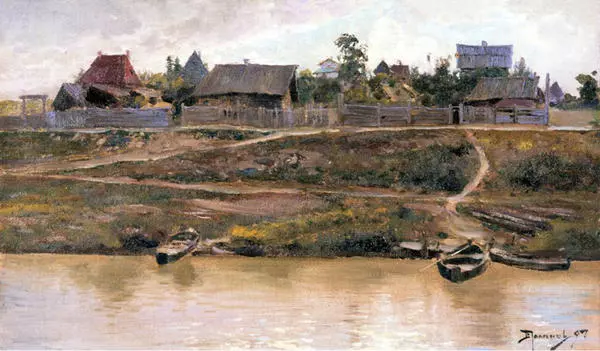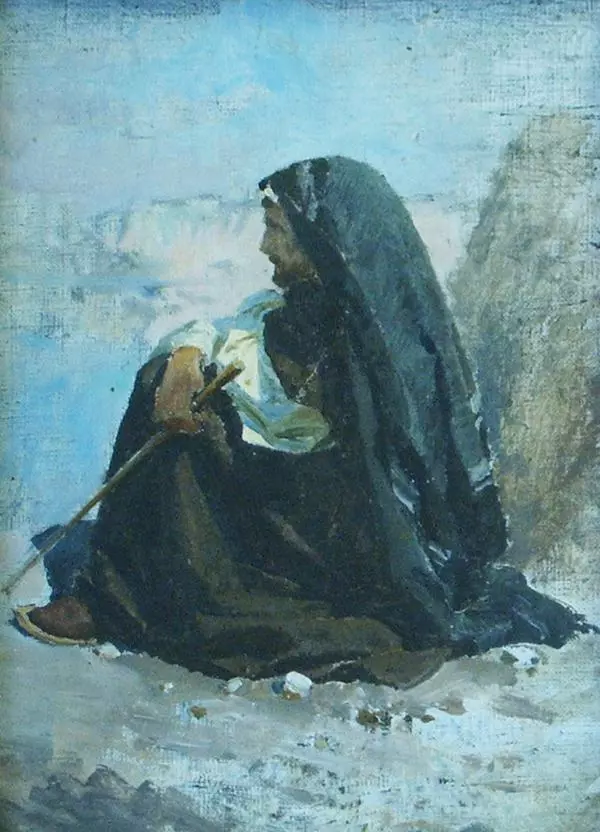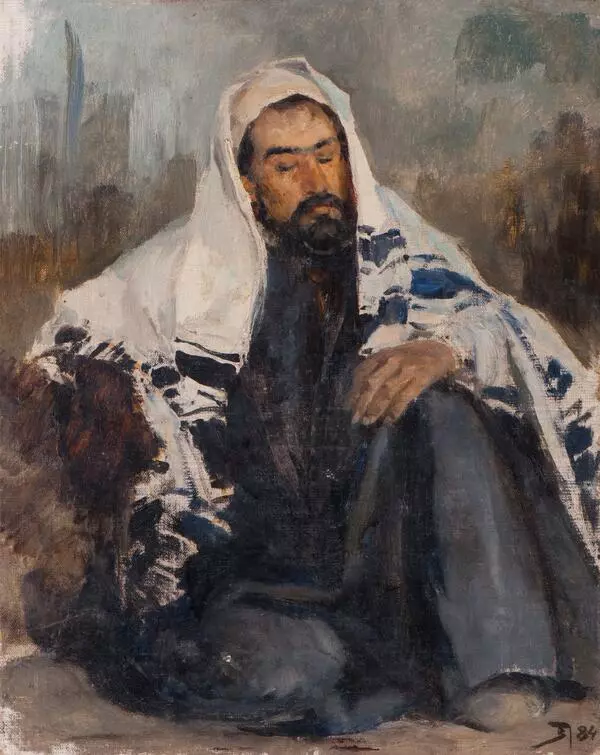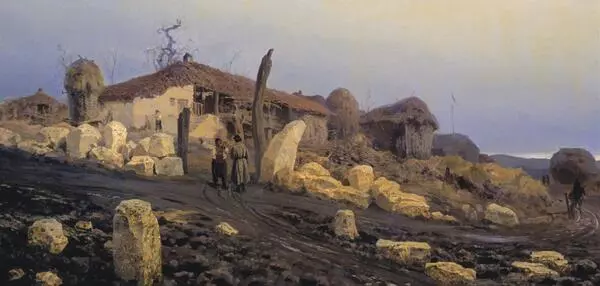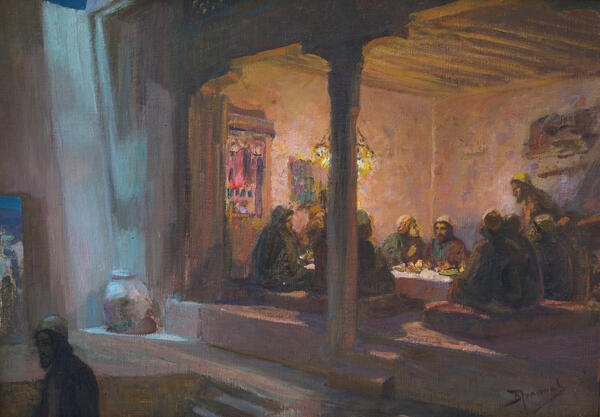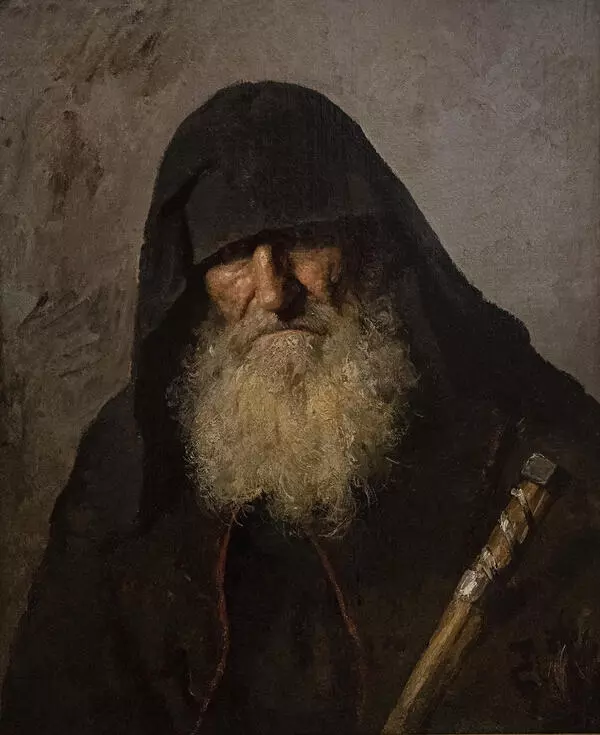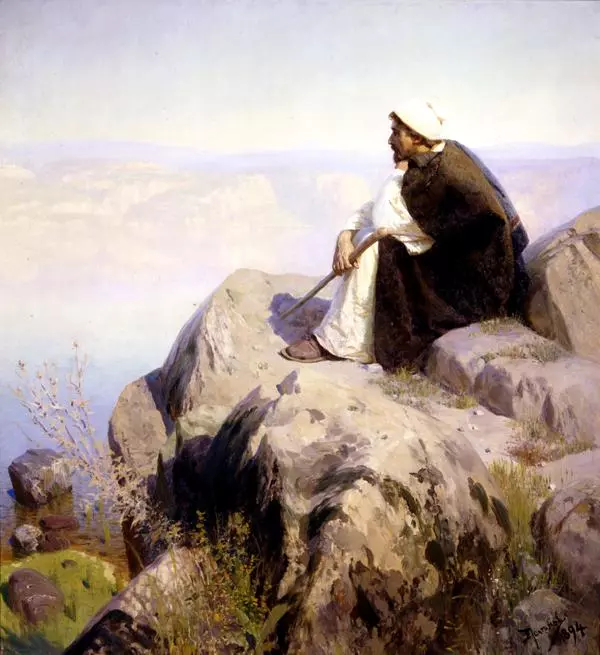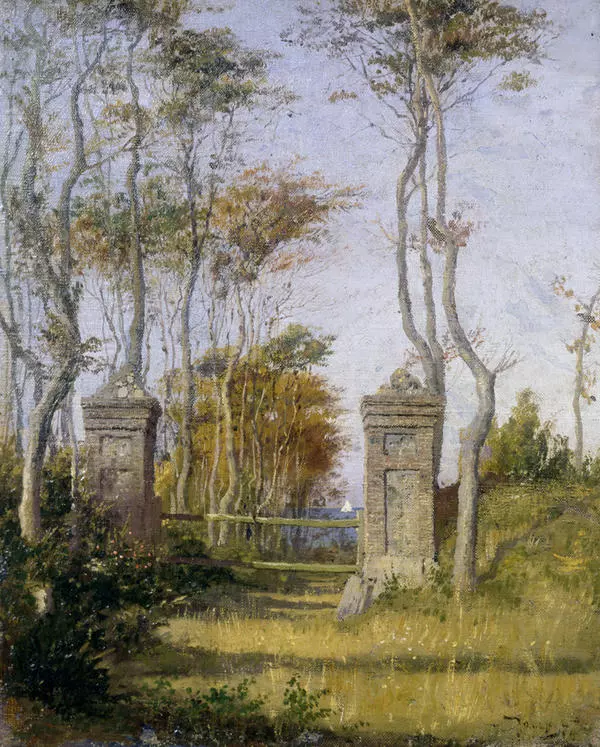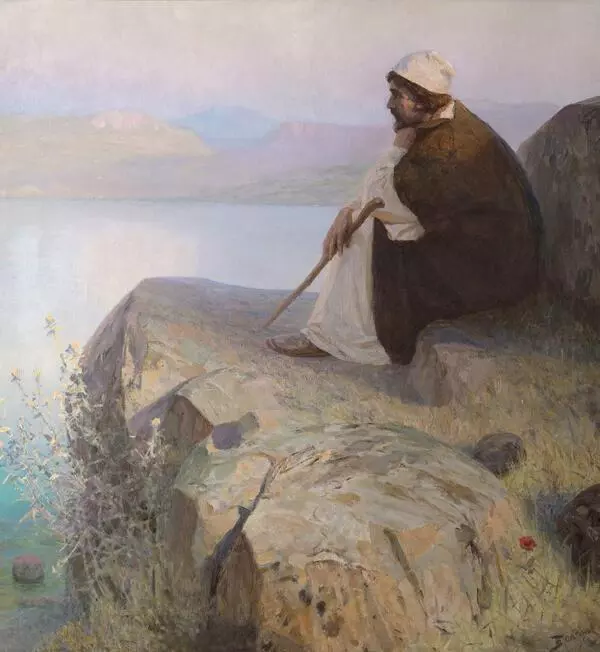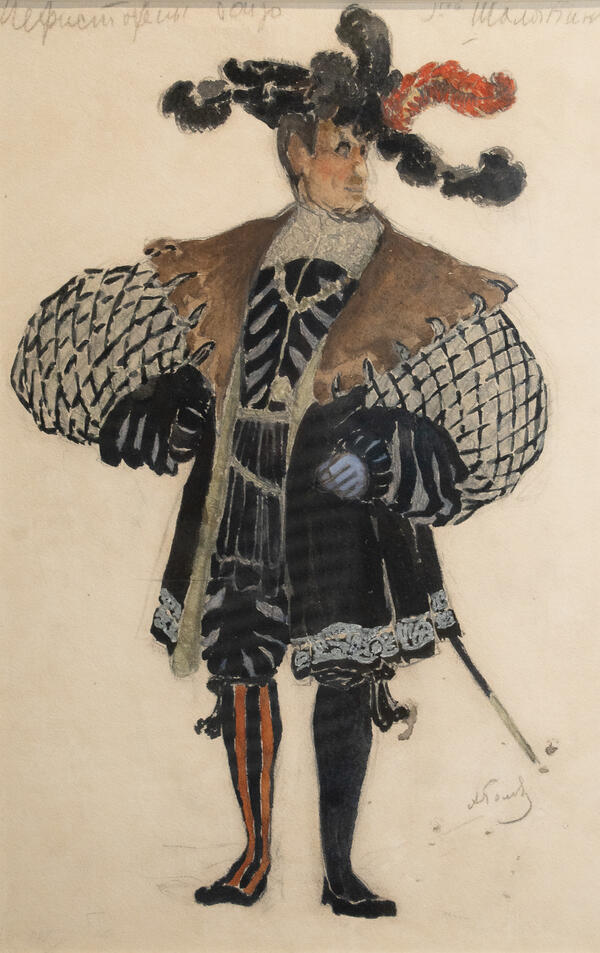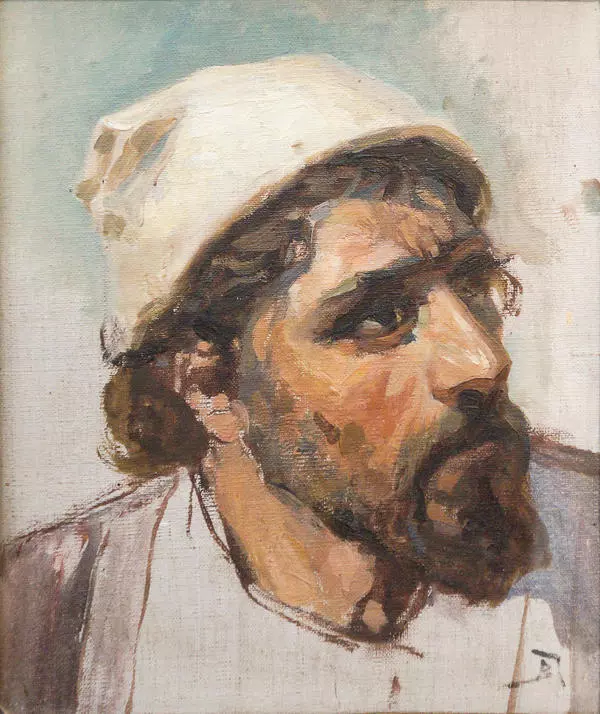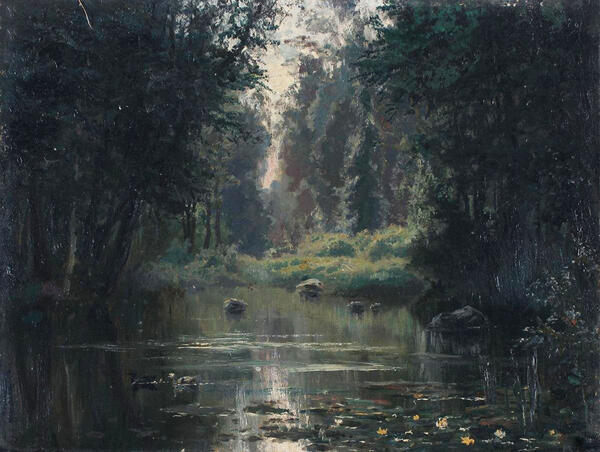The son of a well-known Russian diplomat, archeologist and bibliographer, Vassily Dmitrievich Polenov became one of the most prominent of the Russian Itinerant painters. The mother of the future artist also practiced art: although she took care of the house and of upbringing her children, she was engaged in music, painting and even wrote some books for children. Therefore, it is no wonder that Vassily was keen on painting from an early age.
Polenov spent his childhood in St. Petersburg, and in 1854, when he was 10, his parents brought him to their family estate of Imochenitsy in the Olonets Governorate. The nature of Karelia deeply impressed the young artist, and at a later stage, the subject of landscape became one of major one in Polenov’s painting. Practically all art experts highlight the influence of the artist on the development of the Russian landscape painting school.
Having received excellent all-round education, the young man could have made a good career in various areas, but he deliberately elected not to become a public servant and dedicated his life wholly to painting, art criticism and study of history. Polenov’s painting Baalbek. Ruins of a Round Temple combined all the three of his pursuits.
Painted in 1882, this small-sized sketch belongs to a series of works of 1881- 1882 created by the painter under the influence of his travels to the East; it reflects oriental motifs that were popular with Russian and European artists of that period. At the same time, the sketch is a classic example of an open-air landscape: we see the ruins of an ancient temple on a bright sunny day: there are practically no shadows in the picture.
It seems that the light is streaming onto the remains of pillars and masonry from literally everywhere and is reflecting in marble floor plates. At the same time, bare trunks of trees dried under a hot southern sun bear evidence of both the hot summer and the desolation of this place.
Vassily Polenov, an expert of history and landscape painting, occupies a special place in the classical Russian art. In 1926, a year before his death, he was awarded the title of People’s Artist of the RSFSR, and in 2011, the Russian Center of Folk Art was named after him.
Polenov spent his childhood in St. Petersburg, and in 1854, when he was 10, his parents brought him to their family estate of Imochenitsy in the Olonets Governorate. The nature of Karelia deeply impressed the young artist, and at a later stage, the subject of landscape became one of major one in Polenov’s painting. Practically all art experts highlight the influence of the artist on the development of the Russian landscape painting school.
Having received excellent all-round education, the young man could have made a good career in various areas, but he deliberately elected not to become a public servant and dedicated his life wholly to painting, art criticism and study of history. Polenov’s painting Baalbek. Ruins of a Round Temple combined all the three of his pursuits.
Painted in 1882, this small-sized sketch belongs to a series of works of 1881- 1882 created by the painter under the influence of his travels to the East; it reflects oriental motifs that were popular with Russian and European artists of that period. At the same time, the sketch is a classic example of an open-air landscape: we see the ruins of an ancient temple on a bright sunny day: there are practically no shadows in the picture.
It seems that the light is streaming onto the remains of pillars and masonry from literally everywhere and is reflecting in marble floor plates. At the same time, bare trunks of trees dried under a hot southern sun bear evidence of both the hot summer and the desolation of this place.
Once the temple was full of people whom it sheltered from rain and wind. Now the place is desert, and very soon grass and trees springing up through stone plates will ultimately turn it into a barren desert. Baalbek, once a large trading town of Ancient Lebanon, suffered a devastating earthquake in 1775 after which it turned into a ghost town; this is exactly what was captured by the Russian painter in his sketch.
Vassily Polenov, an expert of history and landscape painting, occupies a special place in the classical Russian art. In 1926, a year before his death, he was awarded the title of People’s Artist of the RSFSR, and in 2011, the Russian Center of Folk Art was named after him.

